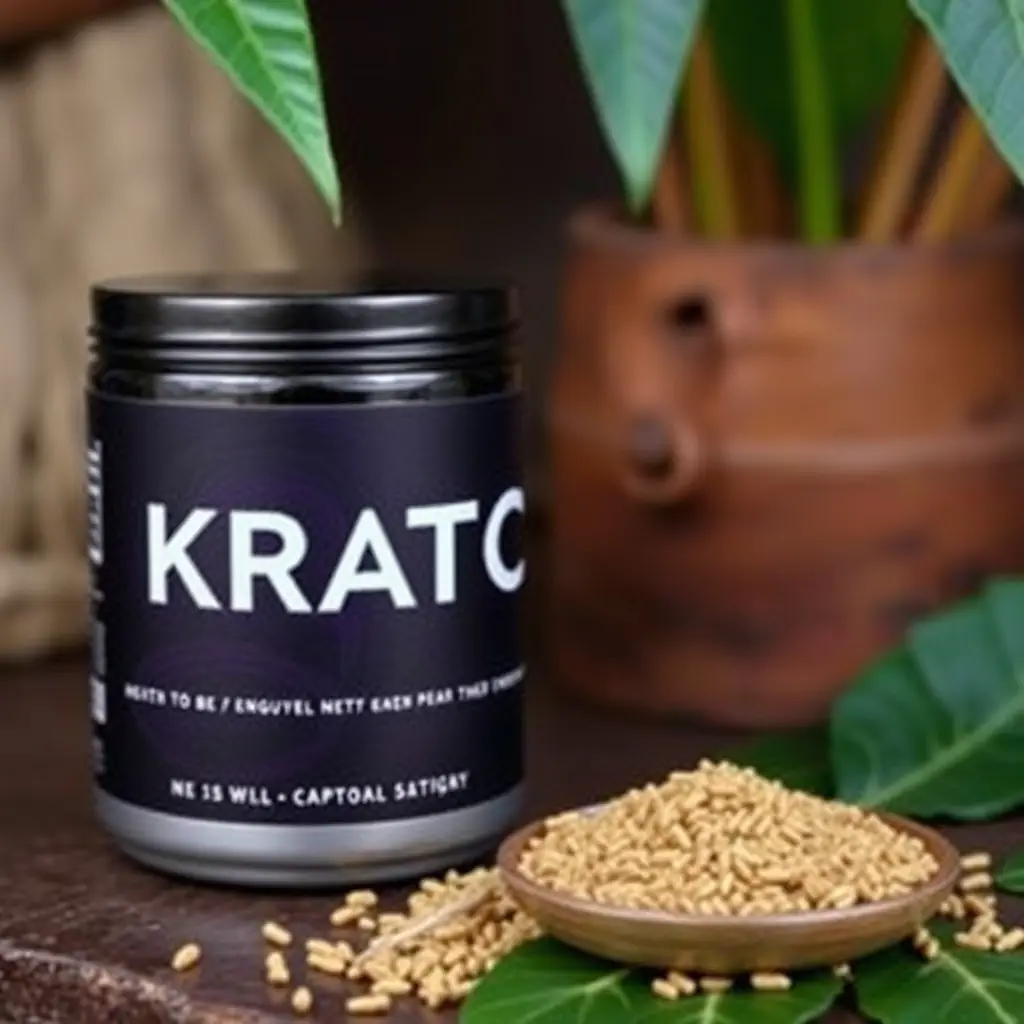Opioid withdrawal symptoms are severe but manageable with "flying with kratom," an alternative solution using Kratom's unique chemical composition to reduce cravings, ease discomfort, and promote well-being during detox. However, navigating legal statuses, airline policies, and healthcare consultations is essential due to varying global regulations and potential risks like nausea, insomnia, and anxiety.
“Kratom, derived from the tropical plant Mitragyna speciosa, is gaining attention as a potential aid for managing opioid withdrawal symptoms. In this comprehensive guide, we explore the science behind opioid withdrawal and the role of kratom in alleviating its intense effects. We also delve into the legal aspects of flying with kratom, offering insights on safety and regulatory considerations.
Furthermore, we weigh the benefits, risks, and best practices associated with using kratom for this purpose, empowering individuals to make informed decisions regarding their well-being.”
- Understanding Opioid Withdrawal and Kratom's Role
- Flying with Kratom: Safety and Regulatory Considerations
- Potential Benefits, Risks, and Best Practices
Understanding Opioid Withdrawal and Kratom's Role

Opioid withdrawal symptoms can be intense and challenging to manage, often including physical discomfort, restlessness, anxiety, and cravings. These symptoms arise when the body adjusts to the absence of opioids after prolonged use, leading to a range of adverse effects. Understanding opioid withdrawal is crucial in navigating the path to recovery.
Kratom, with its unique chemical composition, has emerged as a potential aid for those dealing with opioid withdrawal. Often referred to as a “flying with kratom” solution, it offers a natural approach to mitigating withdrawal symptoms. By interacting with opioid receptors in the brain, kratom can help reduce cravings, ease physical discomfort, and promote overall well-being during the detox process. This alternative treatment has gained attention for its ability to provide relief while supporting individuals on their journey to overcoming opioid addiction.
Flying with Kratom: Safety and Regulatory Considerations

Flying with Kratom involves navigating a complex web of safety and regulatory considerations. While Kratom has gained popularity as an alternative for managing opioid withdrawal symptoms, its legal status varies greatly across countries and even within regions. Before packing Kratom for travel, it’s crucial to research and understand local laws and regulations regarding the substance. International flights often have strict rules about what can be carried on board, including restrictions on herbal supplements and substances with psychoactive properties.
In many places, Kratom is legal but subject to certain conditions, such as age restrictions or requirements for medical documentation. Even if Kratom is legal at your destination, airlines may have their own policies prohibiting the carriage of certain herbs or substances. To avoid legal issues and potential health risks, it’s essential to consult both your government’s guidelines on traveling with medicinal plants and the specific rules of your airline. Properly documenting the purpose and quantity of your Kratom can help ensure a smoother journey.
Potential Benefits, Risks, and Best Practices

Kratom has gained attention as a potential aid for managing opioid withdrawal symptoms, offering a natural alternative to conventional treatments. Its active compounds, notably mitragynine and 7-hydroxymitragynine, interact with opioid receptors in the brain, helping to alleviate cravings and withdrawal-related discomfort. This could be particularly beneficial for those looking to avoid or reduce the reliance on prescription medications during detoxification.
However, it’s crucial to approach kratom use with caution. While studies suggest its efficacy, the research is still evolving, and individual responses may vary. Potential risks include adverse effects like nausea, insomnia, and anxiety, especially when using high doses or misusing the herb. Furthermore, regulations around kratom differ globally, with some countries permitting only specific forms or requiring prescriptions. For those considering kratom for opioid withdrawal, consulting healthcare professionals is essential. Proper guidance ensures safe usage, including understanding dosage, potential interactions, and duration of treatment, even when flying with kratom due to travel restrictions.
Kratom has emerged as a potential alternative for managing opioid withdrawal symptoms, offering a natural approach to easing discomfort during the detox process. While ‘flying with kratom’—referring to its transportation and use while traveling—requires careful consideration of safety and regulatory aspects, its benefits could be significant. By understanding the science behind kratom’s effects and adopting best practices, individuals facing opioid withdrawal can explore this herbal remedy as a supportive tool. However, it is crucial to remember that kratom is not a miracle cure; proper medical supervision and a comprehensive treatment plan are essential for optimal results and ensuring ‘flying with kratom’ remains safe and legal.






